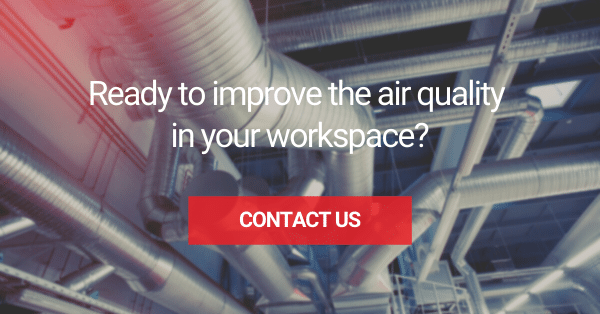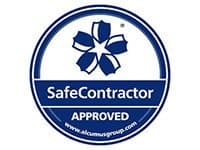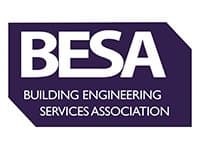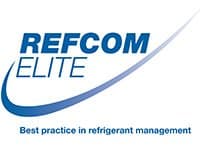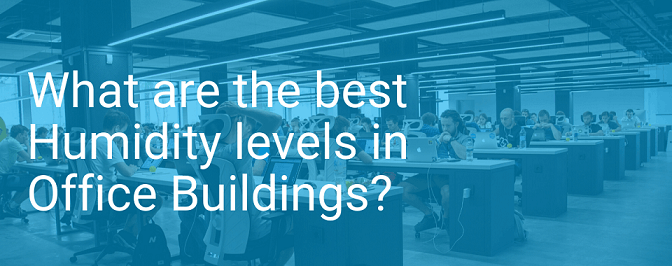
Ensuring your office environment is comfortable for your staff not only encourages optimum output and a positive working environment, but when it comes to humidity it can also help to prevent health problems, lethargy and poor performance all round.
What is humidity?
Simply put, humidity refers to the water vapour that can be found in the air around us, which is always present but that is never enough to develop into fog, clouds or rain drops. The “relative humidity” in an environment is measured as a percentage and can be anywhere from 0 to 100%.
Why is humidity so important?
Humidity is important for the comfort and wellbeing of an office environment, and if the levels are not right it can start to affect your skin, hair and general health both inside and outside of working hours.
Finding the right balance of temperature and humidity in the workspace is important for everyone that works there. Air that is too dry will feel unpleasant and could cause eye irritation and dry throats, whereas air that is too damp can encourage mould and bacteria to grow, turning your workplace into a petri dish for germs and other nasties.

What are the guidelines for humidity in the UK?
The HSE consider the relative humidity to be an important element of the six basic factors that lead to thermal comfort in the workplace. The guidance that accompanies the Health and Safety (Display Screen Equipment) Regulations 1992 states that “electronic equipment can be a source of dry heat which can modify the thermal environment at the workstation. Ventilation and humidity should be maintained at levels which prevent discomfort and problems of sore eyes”. The guidelines also take into account the fact that weather conditions, different working environments and a lack of effective air conditioning can play a major part in the fluctuations of humidity levels.
The guidelines state that relative humidity should sit somewhere between 40% and 60-70% where possible, and that conditions outside of this range can cause personal discomfort, damage to the building and even contribute towards the onset of serious health conditions.
High humidity environments like laundries or other very warm workplaces need to take special precautions to ensure that the humidity levels allow for the evaporation of sweat, which in turn leads to effective heat reduction. The same premise applies to individuals wearing non-breathable vapour-impermeable personal protective equipment (PPE), where the humidity inside the garment will increase as the wearer sweats because the sweat cannot evaporate.
The Chartered Institute of Building Services Engineers also recommends that the relative humidity levels in offices should be between 40% and 70% to ensure the ongoing comfort of everyone there.
What problems can be caused when the humidity levels are not right?
At certain times of the year, humidity levels can fall outside of the usual comfort zones. A cold dry spell in the winter for example, can lead to a number of symptoms related to low humidity, including:
- Sore eyes,
- A Dry throat
- Itchy or dry skin
- A stuffy nose
- Red marks on the ankles caused by an increase in static
- Flu like symptoms in offices where the humidity is exceptionally low.
At the other end of the scale, high humidity levels can be found during times of extreme heat, or artificially created by poor ventilation or faulty or badly programmed air conditioning systems. The effects of high humidity can include:
- Increased mould growth that can cause health problems including wheezing, breathing difficulties, skin irritation and even serious lung conditions
- Increased risk of allergic reaction or asthma attacks from dust mites
- Heat rash
- Muscle cramps
- heat exhaustion and/or heat stroke
High levels of humidity can also lead to liquid precipitation, which in turn, can cause damage to both the structure of the building, and all of the items and equipment contained therein.

How can the problems associated by low or high humidity be overcome?
Many larger workplaces, industrial units, shopping centres and other commercial buildings will have the resources to install first-class air conditioning systems that allow for easy humidity monitoring. In those that don’t however, there are measures that can be taken to ensure that the humidity in the building is always within the correct range to be comfortable. These include:
- Encouraging staff to drink enough fluids during the day, especially at the times when the humidity sinks low.
- Spraying carpets with water in the morning to create a damper environment if the humidity is low
- A small bowl of water can be placed next to the radiator to help raise humidity
- Thirsty pot plants can also help to raise humidity levels as long as you remember to water them
- If the humidity levels are too high, consider installing a dehumidifier unit to lower the humidity levels and stave off damp, mould and the growth of unwanted bacteria.
How can humidity levels within the workplace by safely monitored?
Humidity levels are measured using an instrument called a hygrometer. These instruments can display the relative humidity level in the room, and are an easy way to monitor the humidity levels at any given time.
Mechanical ventilation is absolutely essential to efficiently regulate the air refreshment cycle and keep the humidity under control. Air conditioning units offer an effective way to control the levels of humidity in the air in the workplace.
Modern day air conditioning units and systems work by removing the water vapour in the air and replacing it with cool air. This means that when any moisture comes in contact with the cold evaporator coil of the AC unit, it becomes condensed, making the space less humid. The moisture that gathers inside the system is sent outside, away from your workplace, thus helping to prevent the humidity levels from rising or falling throughout the working day.
Humidity Control from Total Environment Kooling
With over 20 years’ experience in the Office air conditioning and ventilation industries, TEK specialise in providing bespoke systems to commercial and industrial air conditioning and humidity control. We can offer complete turnkey packages in all kinds of environments, to ensure that your staff, your equipment and your building is always comfortable. Call us today on 0117 9523355 or fill out our contact form to find out more.
